The 5 of Lisbons must-see neighborhoods Visit
Anyone anywhere is on their way to Lisbon to enjoy its rich history, stunning architecture, boutiques and traditional flavors. Portugal s colorful capital is becoming increasingly cosmopolitan, but it has not forgotten its roots, so you get the best of the old and the new world.
Here is our guide to the best neighborhoods of Lisbon to explore.
This is Lisbons 2000-year-old city center, sometimes referred to as the Baixa Pombalina in reference to the man responsible for its elegant architecture and streamlined design. The Marquis of Pombal was tasked with restoring the CBD after the Lisbon earthquake in 1755, and he is credited for pressuring Lisbon to become a modern planned city.
Between 15 th and 18 th centuries, this area was the commercial center of fruitful maritime empire of Portugal, and even has a commercial focus today, with many shops lining its main road Rua Augusta.
Although well located, restaurants along this strip are not particularly reflective of Portuguese custom, so it is advisable to return a street or two when it is time to eat, or better yet, meander to Chiado or Príncipe Real.
Chiado is a busy suburb prepared for shopping, eating and drinking. While the original Portuguese cream pies were created outside the center of Lisbon in Belém (see below, why you should go here too), Manteigaria no Chiado is one of the best places for cream puffs in the city center.
Come at dinner, head down the back of the Avillez district to the Beco cabaret restaurant for a fancy dinner, or dine more informally at the Royale Café.
Those with a sweet tooth should head straight for the chocolate cake at Landeau Chocolate, and caffeine lovers can visit the Coffee Roasters Factory up the road.
If you are looking for souvenirs, go to dOrey Tiles. This is a passion turned shop project that showcases an impressive collection of Portugals famous tiles . The oldest tiles date back to the 15 th and 16 th centuries and were brought to Portugal by artisanal Moors. The owner supplies collector and palace products and employs specialized teams to handle recovery and restoration. Also visit Vista Alegre to see a beautiful collection of ceramics and glassware made in Portugal.
This chic suburb is where Lisbons trends are hanging. Boutiques and cafés extend to Principe Real Square, which swings high on a hill, with furtive views on either side. Browse collections of designers at the Embassy store gallery, housed in a magnificent 19th- century neo-Moorish palace , and the Real Slow Concept Store, where, for an added bonus, you will find excellent coffee and chocolate called Bettina & Niccolo Corallo. door. If you need a break from shopping, enjoy a stroll in the leafy Principe Real Garden.
Time for a drink? Head towards the São Pedro de Alcântara viewpoint and go to Unusual. This bar is next to a hostel, but dont let that push you away. Upstairs, the property is elegant and intriguing, and the balcony seats offer exceptional city views.
You will notice the streets of Alfama are narrow and confusing compared to the renovated 18 th Low Century, as this part of Lisbon was spared from destruction during the earthquake. So it is a shrewd look at the old school of Lisbon and is an important tourist center. Many historical attractions can be found in this area, including the Sé Cathedral, the National Pantheon and Casa dos Bicos. The House of the Beaks has a free archaeological exhibit of Roman ruins on the ground floor, sharing the life of the Nobel laureate José Saramego upstairs. Its worth a walk at least, just to contemplate its unusual spiky facade.
On Tuesdays and Saturdays, you can dig treasures at the Alfama Flea Market and, for a relaxing day, stroll down to the seafront for a wine at DeliDelux, followed by a pizza next door at Casanova.
Belém is an exterior suburb of Lisbon that gives you a touch of money when it comes to notable attractions. This area was a starting point for many of Portugals global endeavors during the Age of Discovery and was also a high-class playground for Portuguese monarchs, who were drawn to its seaside location.
Your visiting schedule should include the Monument to the Discoveries, which is a nod to the Portuguese aptitude and bravery on the high seas; Belém Tower, which helped defend the city at the mouth of the Tagus River; and the Jeronimos Monastery, which is really showing itself. The last two attractions boast the native Manueline architecture of Portugal.
There are also a number of cultural sites worth visiting in Belem, including the Museum of Art, Architecture and Technology (MAAT) and the adjacent Tagus Station, Belem Cultural Center and the National Coach Museum. For lunch, try the family-run Carvoeiro, then try the original Portuguese custard tart in Pastéis de Bélem.
Bethlehem is easily accessible from the city center by train, bus or tram, and once there, the flat terrain is easy to explore on foot. If you have time, you can spend a whole day here.
Here is our guide to the best neighborhoods of Lisbon to explore.
1. Low
This is Lisbons 2000-year-old city center, sometimes referred to as the Baixa Pombalina in reference to the man responsible for its elegant architecture and streamlined design. The Marquis of Pombal was tasked with restoring the CBD after the Lisbon earthquake in 1755, and he is credited for pressuring Lisbon to become a modern planned city.
Between 15 th and 18 th centuries, this area was the commercial center of fruitful maritime empire of Portugal, and even has a commercial focus today, with many shops lining its main road Rua Augusta.
Although well located, restaurants along this strip are not particularly reflective of Portuguese custom, so it is advisable to return a street or two when it is time to eat, or better yet, meander to Chiado or Príncipe Real.
2. Sizzle
Chiado is a busy suburb prepared for shopping, eating and drinking. While the original Portuguese cream pies were created outside the center of Lisbon in Belém (see below, why you should go here too), Manteigaria no Chiado is one of the best places for cream puffs in the city center.
Come at dinner, head down the back of the Avillez district to the Beco cabaret restaurant for a fancy dinner, or dine more informally at the Royale Café.
Those with a sweet tooth should head straight for the chocolate cake at Landeau Chocolate, and caffeine lovers can visit the Coffee Roasters Factory up the road.
If you are looking for souvenirs, go to dOrey Tiles. This is a passion turned shop project that showcases an impressive collection of Portugals famous tiles . The oldest tiles date back to the 15 th and 16 th centuries and were brought to Portugal by artisanal Moors. The owner supplies collector and palace products and employs specialized teams to handle recovery and restoration. Also visit Vista Alegre to see a beautiful collection of ceramics and glassware made in Portugal.
3. Royal Prince
This chic suburb is where Lisbons trends are hanging. Boutiques and cafés extend to Principe Real Square, which swings high on a hill, with furtive views on either side. Browse collections of designers at the Embassy store gallery, housed in a magnificent 19th- century neo-Moorish palace , and the Real Slow Concept Store, where, for an added bonus, you will find excellent coffee and chocolate called Bettina & Niccolo Corallo. door. If you need a break from shopping, enjoy a stroll in the leafy Principe Real Garden.
Time for a drink? Head towards the São Pedro de Alcântara viewpoint and go to Unusual. This bar is next to a hostel, but dont let that push you away. Upstairs, the property is elegant and intriguing, and the balcony seats offer exceptional city views.
4. Alfama
On Tuesdays and Saturdays, you can dig treasures at the Alfama Flea Market and, for a relaxing day, stroll down to the seafront for a wine at DeliDelux, followed by a pizza next door at Casanova.
5. Bethlehem
Belém is an exterior suburb of Lisbon that gives you a touch of money when it comes to notable attractions. This area was a starting point for many of Portugals global endeavors during the Age of Discovery and was also a high-class playground for Portuguese monarchs, who were drawn to its seaside location.
There are also a number of cultural sites worth visiting in Belem, including the Museum of Art, Architecture and Technology (MAAT) and the adjacent Tagus Station, Belem Cultural Center and the National Coach Museum. For lunch, try the family-run Carvoeiro, then try the original Portuguese custard tart in Pastéis de Bélem.
Bethlehem is easily accessible from the city center by train, bus or tram, and once there, the flat terrain is easy to explore on foot. If you have time, you can spend a whole day here.
Outros Artigos Populares no Blogue
-
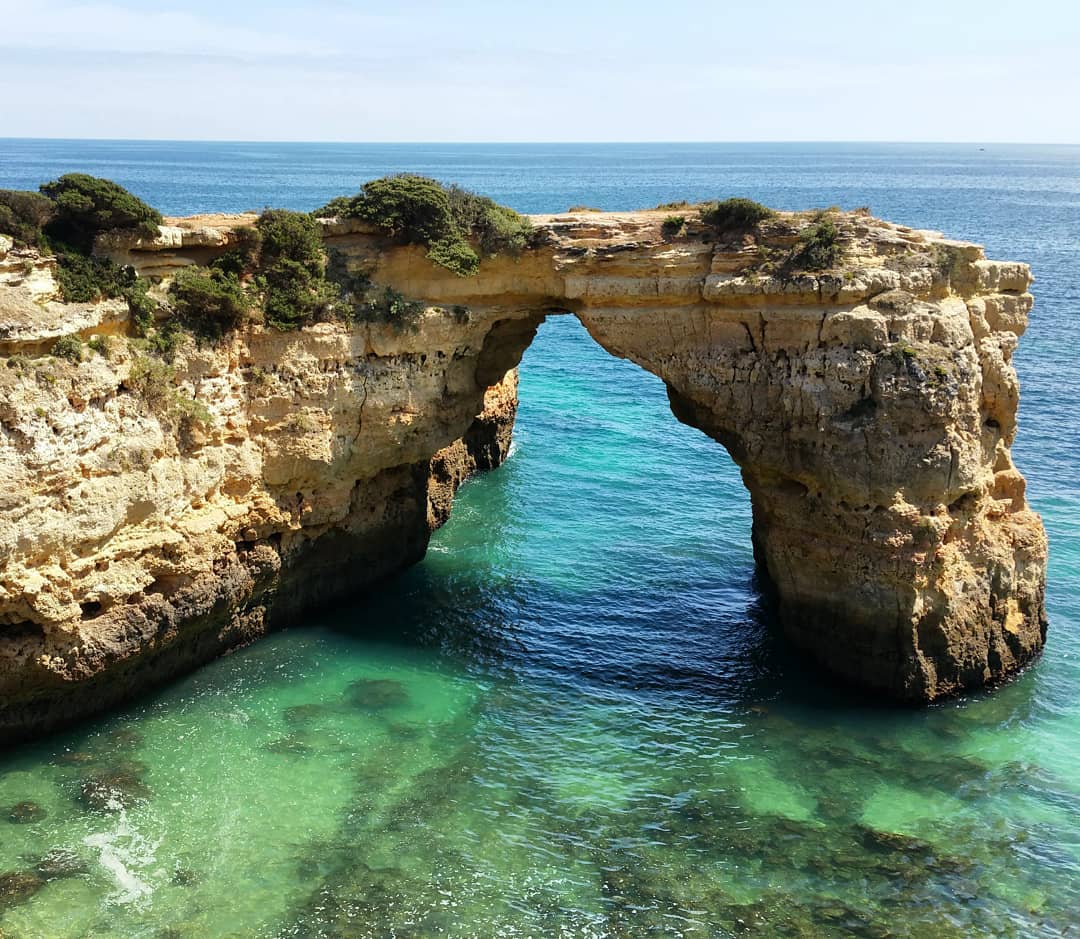

The 20 Best Places to Visit in the Algarve Portugal
Silves provides the perfect blend of history, culture and cuisine. Once the capital of the Arab kingdom here in the Algarve, its well-preserved r... -


Azores the most spectacular route in Europe island Portugal
Almost all of the Earths geographical features follow each other along their route. With nearly six centuries of continuous human presence, the A... -


Visit the best Beach Ribeira do Cavalo Portugal
Ribeira do Cavalo Beach is a wild beach located very close to the village of Sesimbra in the west. Unsupervised beach with no support condition... -
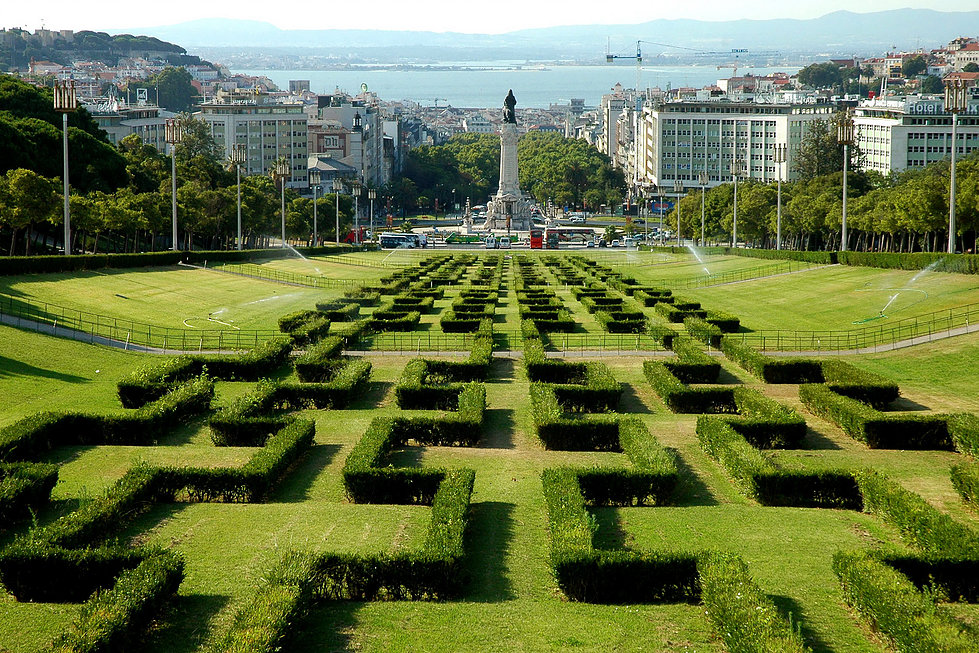

Portugal is the third greenest country in the world
The Good Country Index has placed our country in the world ranking in the Planet and Climate category. In a news article pu... -
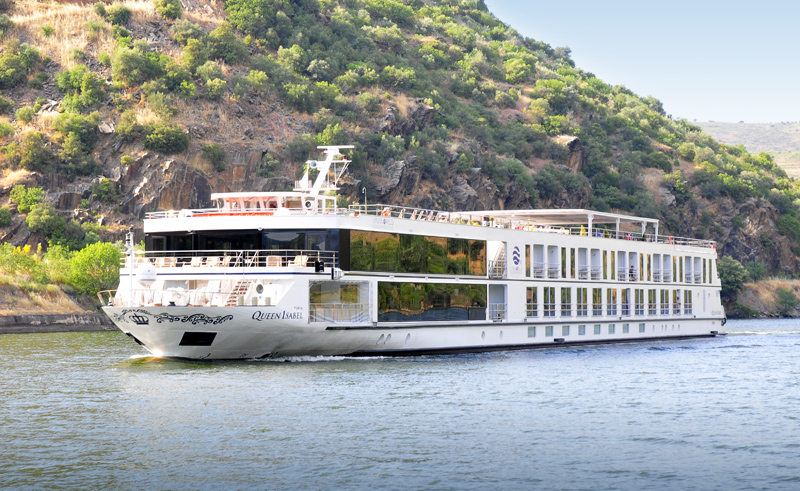

It is the best cruise to sail in the Douro and has 5 stars Portugal Porto
Scenic unveiled its latest and most luxurious Scenic Space-Ship, Scenic Azure, to be launched on the Douro River in Portugal Scenic is the first ... -
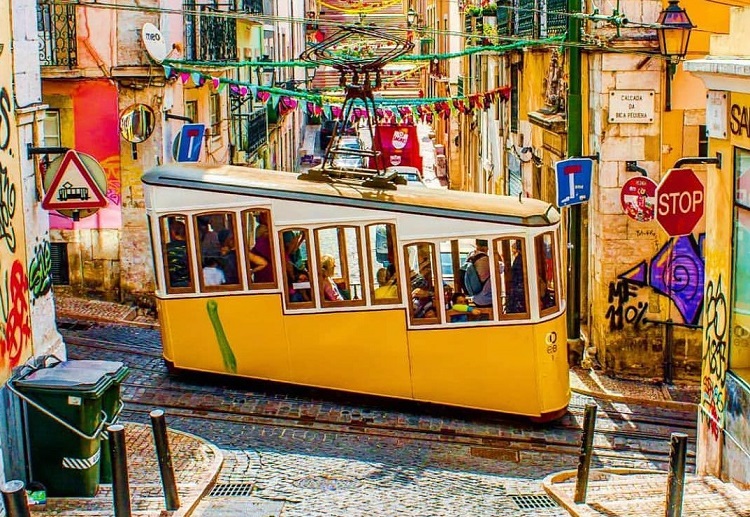

10 amazing things that the Portuguese gave to the world
For a small country, Portugal has made massive contributions to the world throughout its history. Once pioneers who discove... -
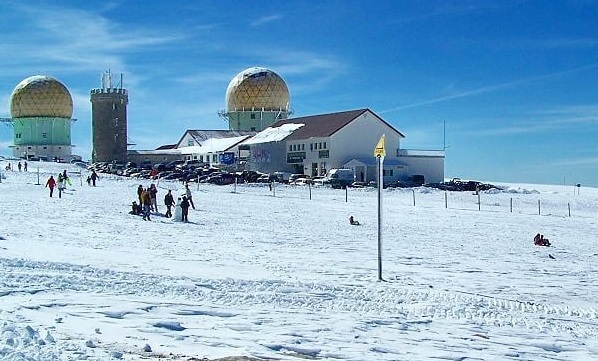

8 must-see places in Serra da Estrela sky
Loriga is known as the “Portuguese Switzerland” due to its extraordinary landscape and geographical location. Surrounded b... -


5 experiences in Portugal to have at least once in your life
We only share 5 suggestions here and of course that is unfair to many other equally exciting destinations. Whatever the destination of...
